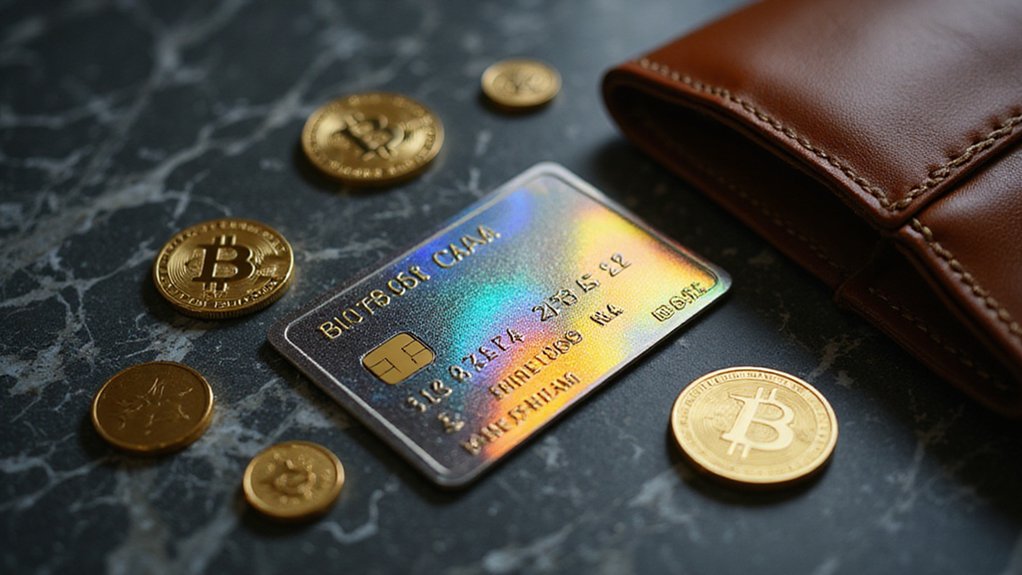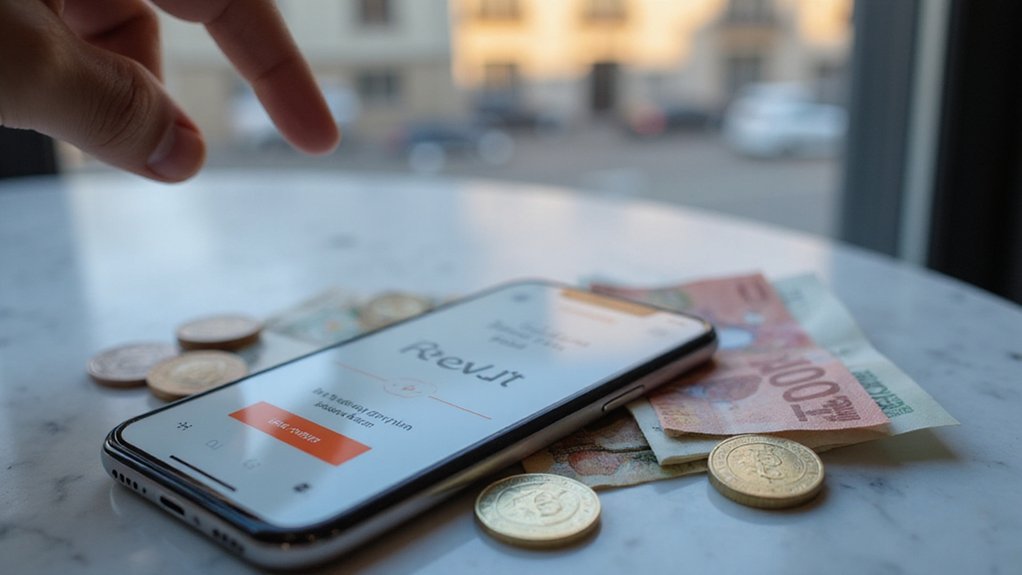Coinbase has bridged another payment gap in the increasingly crowded digital asset marketplace, announcing its Samsung Pay integration in mid-June 2025—a move that transforms the Korean tech giant’s mobile wallet into yet another conduit for cryptocurrency purchases.
The integration, expanded in early July, positions Samsung Pay alongside PayPal, Apple Pay, and Google Pay in Coinbase‘s growing arsenal of payment methods, because apparently the crypto world’s greatest challenge remains convincing people to part with their traditional money.
Initially rolling out across the United States and Canada, the feature allows users to link Samsung Pay accounts directly to Coinbase, enabling seamless crypto purchases without the theatrical app-switching dance that previously characterized mobile trading.
Gone are the days of juggling multiple apps like a digital circus performer just to buy Bitcoin on your lunch break.
Users can now fund their accounts through Samsung Pay-linked cards or bank accounts with what the companies describe as “only a few taps“—a claim that would be revolutionary if similar promises hadn’t been made about every fintech innovation since the dawn of smartphones.
The technical architecture leverages Samsung’s Knox platform and biometric authentication systems, combining tokenized transactions with Coinbase’s existing security infrastructure.
This dual-layer approach theoretically creates a fortress of protection, though one wonders whether the average user purchasing their first Dogecoin truly appreciates the embedded secure elements working behind the scenes.
Samsung Pay’s compatibility with both Android and iOS devices broadens accessibility considerably, while the integration taps into Samsung’s approximately 150 million global users—a user base that represents significant untapped potential for crypto adoption.
The strategic implications extend beyond mere convenience; Samsung gains leverage against Apple Pay and Google Pay, while Coinbase strengthens its competitive moat in an increasingly saturated exchange landscape.
The rollout targets select North American users initially, with broader availability promised within weeks.
Whether this integration will meaningfully accelerate crypto adoption or simply provide another avenue for existing enthusiasts remains to be seen.
What’s certain is that the barriers to cryptocurrency investment continue dissolving, one mobile wallet at a time, making digital asset speculation as effortless as buying coffee—though considerably more volatile.
However, users should remember that cryptocurrency earnings from any trading activity are considered taxable income by the IRS, requiring proper reporting to avoid potential penalties.









